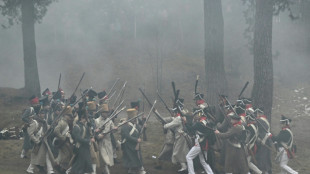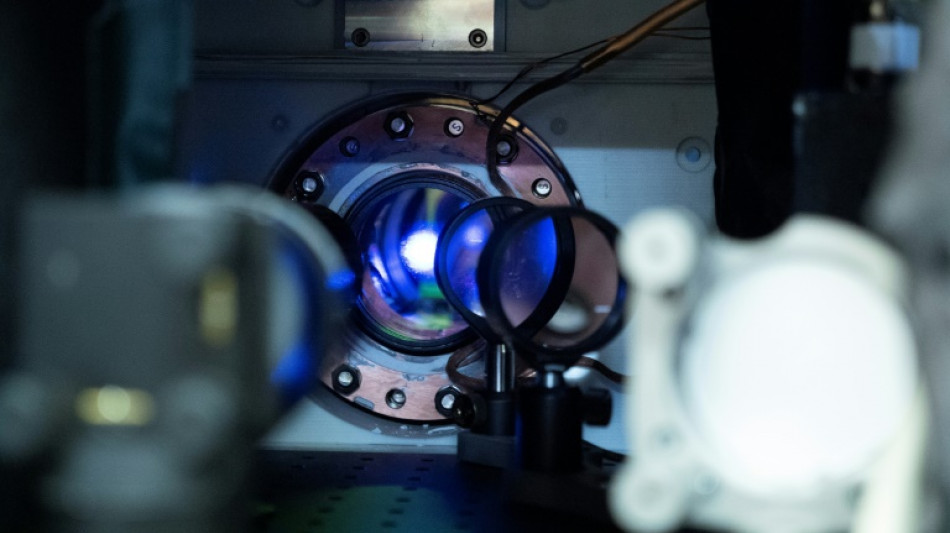
-
 New Zealand 231-9 as 'old school' West Indies exploit pace-friendly wicket
New Zealand 231-9 as 'old school' West Indies exploit pace-friendly wicket
-
England spinner Jacks replaces injured Wood for second Ashes Test

-
 Pope Leo to hold Beirut mass, visit port blast site
Pope Leo to hold Beirut mass, visit port blast site
-
Australia opener Khawaja out of second Ashes Test with injury
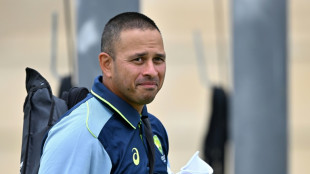
-
 Concern as India orders phone manufacturers to preload govt app
Concern as India orders phone manufacturers to preload govt app
-
French talent Kroupi 'ready to suffer' to realise Premier League dream

-
 New Zealand 231-9 as West Indies exploit bowler-friendly wicket
New Zealand 231-9 as West Indies exploit bowler-friendly wicket
-
US Republicans sweat toss-up election in traditional stronghold
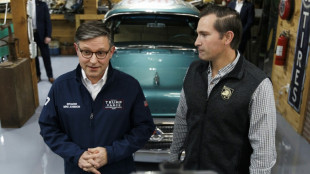
-
 'Rescued my soul': Hong Kong firefighters save beloved pets
'Rescued my soul': Hong Kong firefighters save beloved pets
-
Suns eclipse shoddy Lakers, Mavs upset Nuggets

-
 Seven footballers in Malaysia eligibility scandal 'victims': union
Seven footballers in Malaysia eligibility scandal 'victims': union
-
Patriots on brink of playoffs after Giants rout

-
 Survivors, families seek answers to deadly Hong Kong ferry disaster
Survivors, families seek answers to deadly Hong Kong ferry disaster
-
Race to get aid to Asia flood survivors as toll nears 1,200

-
 Rugby World Cup draw: who, how and when?
Rugby World Cup draw: who, how and when?
-
Williamson falls for 52 as NZ reach 128-5 in West Indies Test

-
 Hong Kong leader announces 'independent committee' to probe fire
Hong Kong leader announces 'independent committee' to probe fire
-
South Korean leader calls for penalties over e-commerce data leak

-
 Samsung unveils first 'special edition' triple-folding phone
Samsung unveils first 'special edition' triple-folding phone
-
Apple AI chief leaving as iPhone maker plays catch-up
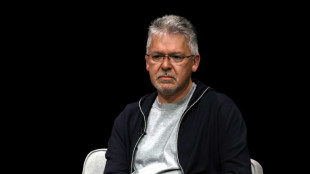
-
 Asian markets rise as US rate cut bets temper Japan bond unease
Asian markets rise as US rate cut bets temper Japan bond unease
-
Weight of history against England in pink-ball Gabba Ashes Test
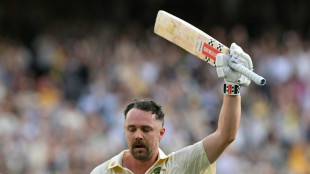
-
 How South Korea's brief martial law upended lives
How South Korea's brief martial law upended lives
-
VR headsets take war-scarred children to world away from Gaza

-
 'We chose it': PKK fighters cherish life in Iraq's mountains
'We chose it': PKK fighters cherish life in Iraq's mountains
-
US envoy to meet Russia's Putin for talks on ending Ukraine war

-
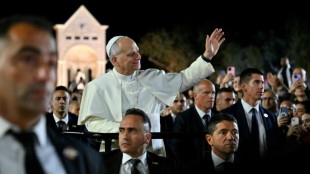 Pope Leo holds Beirut mass and visits site of port blast
Pope Leo holds Beirut mass and visits site of port blast
-
'Quad God' Malinin ramps up Olympic preparations at Grand Prix Final

-
 New Zealand 17-1 at lunch in rain-hit West Indies Test
New Zealand 17-1 at lunch in rain-hit West Indies Test
-
Pacific island office enabling sanctions-busting 'shadow fleets'

-
 White House gets scaled-down Christmas display amid ballroom work
White House gets scaled-down Christmas display amid ballroom work
-
GEN Announces New Positive Phase 1 Trial Data of the Investigational Drug SUL-238 for Alzheimer's and Other Neurodegenerative Diseases

-
 White House confirms admiral ordered 2nd strike on alleged drug boat
White House confirms admiral ordered 2nd strike on alleged drug boat
-
Nigeria's defence minister resigns amid security crisis: presidency

-
 From Honduras to Poland, Trump meddles in elections as never before
From Honduras to Poland, Trump meddles in elections as never before
-
Trump holds Venezuela meeting as Maduro rejects 'slave's peace'

-
 12 dead, dozens missing as landslide submerges boats in Peru port
12 dead, dozens missing as landslide submerges boats in Peru port
-
Vardy's first Serie A double fires Cremonese past high-flying Bologna

-
 Rich art: French pastry chefs auction chocolate sculptures
Rich art: French pastry chefs auction chocolate sculptures
-
Cameroon sack coach Brys, drop goalkeeper Onana for AFCON
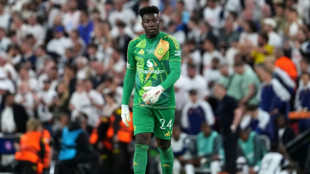
-
 Son of Mexican crime lord 'El Chapo' pleads guilty in drug case: US media
Son of Mexican crime lord 'El Chapo' pleads guilty in drug case: US media
-
Right-wing rivals for Honduras presidency in 'technical tie'
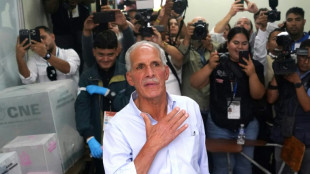
-
 US upbeat on pushing Ukraine deal as envoy heads to Russia
US upbeat on pushing Ukraine deal as envoy heads to Russia
-
European rocket puts S.Korean satellite in orbit
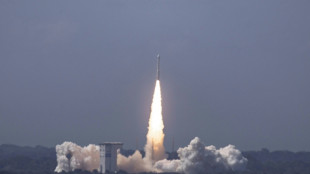
-
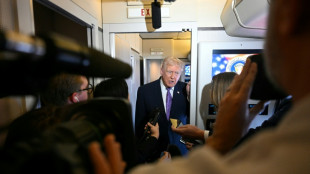 Trump to meet top national security team on Venezuela
Trump to meet top national security team on Venezuela
-
US Supreme Court hears major online music piracy case

-
 Pope gets rockstar welcome as he delivers message of hope to Lebanese youth
Pope gets rockstar welcome as he delivers message of hope to Lebanese youth
-
Iran sentences director Jafar Panahi to year in prison: lawyer
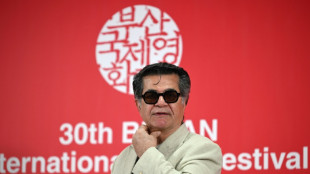
-
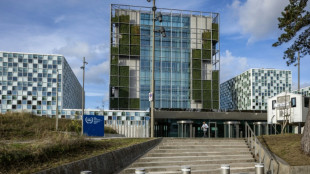 ICC vows to stand firm amid US sanctions
ICC vows to stand firm amid US sanctions
-
US to zero out tariffs on UK pharma under trade deal

| RBGPF | 1.54% | 79 | $ | |
| SCS | 0.55% | 16.38 | $ | |
| RYCEF | -2.68% | 13.83 | $ | |
| CMSC | -0.39% | 23.32 | $ | |
| GSK | -1.42% | 47.19 | $ | |
| VOD | -2.8% | 12.13 | $ | |
| RELX | -1.23% | 39.72 | $ | |
| RIO | 0.03% | 71.97 | $ | |
| NGG | -0.61% | 75.65 | $ | |
| CMSD | -0.13% | 23.29 | $ | |
| AZN | -2.44% | 90.52 | $ | |
| BCE | -0.09% | 23.49 | $ | |
| JRI | -0.15% | 13.78 | $ | |
| BCC | -1.18% | 75.13 | $ | |
| BTI | -0.91% | 58.13 | $ | |
| BP | 1.12% | 36.51 | $ |

How world's most precise clock could transform fundamental physics
US scientists have measured Albert Einstein's theory of general relativity -- which holds that gravity slows time down -- at the smallest scale ever, demonstrating that clocks tick at different rates when separated by fractions of a millimeter.
Jun Ye, of the National Institute of Standards and Technology (NIST) and the University of Colorado Boulder, told AFP it was "by far" the most precise clock ever built -- and could pave the way for new discoveries in quantum mechanics, the rulebook for the subatomic world.
Ye and colleagues published their findings in the prestigious journal Nature on Wednesday, describing the engineering advances that enabled them to build a device 50 times more precise than their previous best clock, itself a record-breaker, built in 2010.
It was more than a century ago, in 1915, that Einstein put forward his theory of general relativity, which held that the gravitational field of a massive object distorts space-time.
This causes time to move more slowly as one approaches closer to the object.
But it wasn't until the invention of atomic clocks -- which keep time by detecting the transition between two energy states inside an atom exposed to a particular frequency -- that scientists could prove the theory.
Early experiments included the Gravity Probe A of 1976, which involved a spacecraft six thousand miles (10,000 kilometers) above Earth's surface and showed that an onboard clock was faster than an equivalent on Earth by one second every 73 years.
Since then, clocks have become more and more precise, and thus better able to detect the effects of relativity.
A decade ago, Ye's team set a record by observing time moving at different rates when their clock was moved 33 centimeters (just over a foot) higher.
- Theory of everything -
Ye's key breakthrough was working with webs of light, known as optical lattices, to trap atoms in orderly arrangements. This is to stop the atoms from falling due to gravity or otherwise moving, resulting in a loss of accuracy.
Inside Ye’s new clock are 100,000 strontium atoms, layered on top of each other like a stack of pancakes, in total about a millimeter high.
The clock is so precise that when the scientists divided the stack into two, they could detect differences in time in the top and bottom halves.
At this level of accuracy, clocks essentially act as sensors.
"Space and time are connected," said Ye. "And with time measurement so precise, you can actually see how space is changing in real time -- Earth is a lively, living body."
Such clocks spread out over a volcanically-active region could tell geologists the difference between solid rock and lava, helping predict eruptions.
Or, for example, study how global warming is causing glaciers to melt and oceans to rise.
What excites Ye most, however, is how future clocks could usher in a completely new realm of physics.
The current clock can detect time differences across 200 microns -- but if that was brought down to 20 microns, it could start to probe the quantum world, helping bridge gaps in theory.
While relativity beautifully explains how large objects like planets and galaxies behave, it is famously incompatible with quantum mechanics, which deals with the very small, and holds that everything can behave like a particle and a wave.
The intersection of the two fields would bring physics a step closer to a unifying "theory of everything" that explains all physical phenomena of the cosmos.
N.Fournier--BTB

